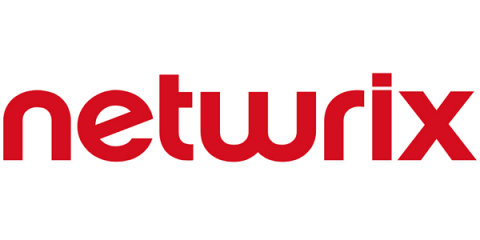Getting cyber security buy-in from the board
As any seasoned cyber security professional will tell you, good security only works when it’s embedded as culture within an organisation – and that must come from the top. But sometimes, the top doesn’t want to know. Even with recent events highlighting the vital importance of cyber security and the average cost of a breach reaching an eye-watering £3 million, many organisations still struggle to get security on the boardroom agenda.










